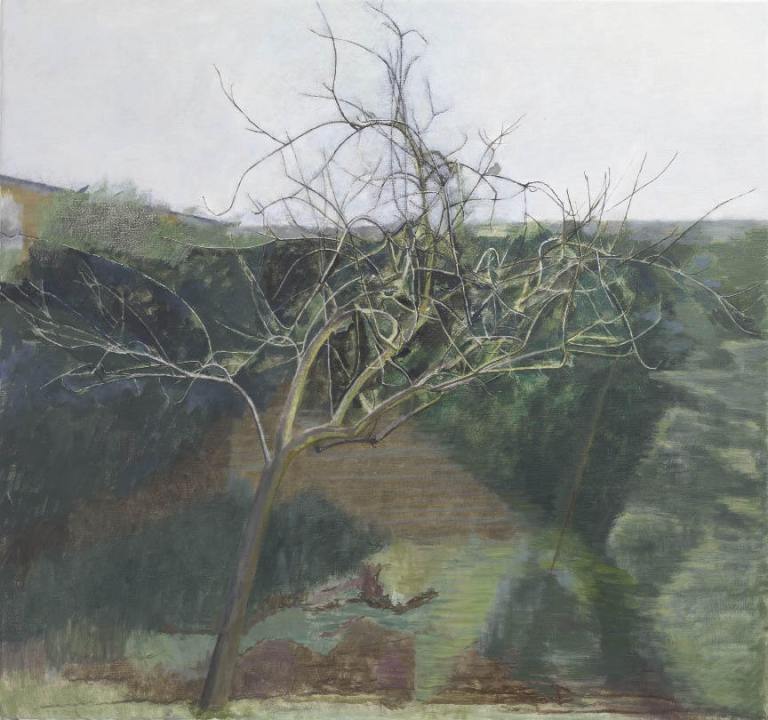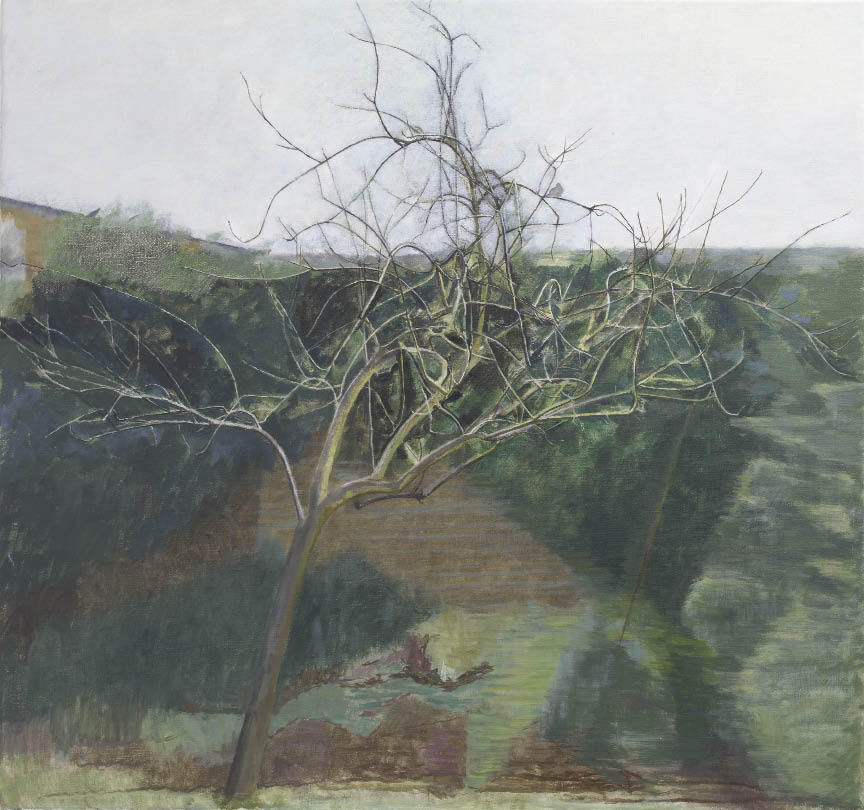There were two John Tradescants, father and son, operating in the 17th century as travellers and gardeners from a base in south London. Their family tomb is at the heart of the garden surrounding the Garden Museum in the former church of St Mary-at-Lambeth in Lambeth Palace Road, a garden designed as a Tradescant memorial 30 years ago by the Dowager Marchioness of Salisbury.
This hallowed place has been the principal subject for the past year of the painter Charlotte Verity (born 1954), the museum’s first artist-in-residence. The initiative has been generously funded by the Cochemé Trust, and the results of Verity’s year-long residency are now on show in the museum’s new gallery.
A handsome publication has been produced to celebrate the event, with useful texts by garden writer Sarah Langton-Lockton and art historian Simon Wilson, and a generous selection of extracts from the artist’s own journal.
The exhibition is not a dramatic affair, but it strikes a sustained note of quiet and affectionate commemoration which is no less affecting for being low-key. Verity is adept at understatement and subtlety. As Langton-Lockton writes: ‘Her paintings and drawings are not primarily about recording the garden, although there is an element of that, nor are they a plant inventory; they are simply about the life of the museum as expressed by its garden.’
Verity is an experienced garden painter, having focused for many years on her own Camberwell garden, but this new body of work (which includes pictures of other subjects as well as the Garden Museum) is without doubt her strongest yet. She was evidently inspired by the intensity and restrictions of the new environment — she writes that the ‘essence of the place is change within a structure’ — and this has informed her own response.









Comments
Join the debate for just £1 a month
Be part of the conversation with other Spectator readers by getting your first three months for £3.
UNLOCK ACCESS Just £1 a monthAlready a subscriber? Log in